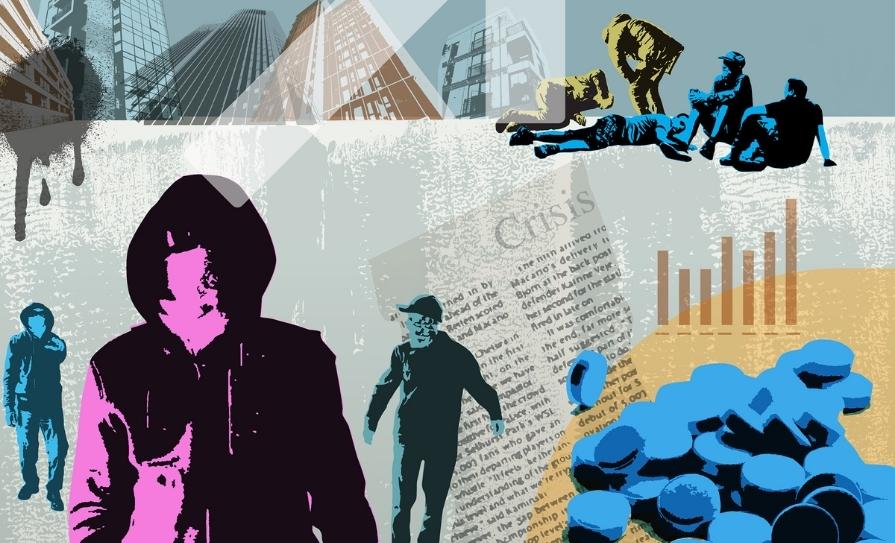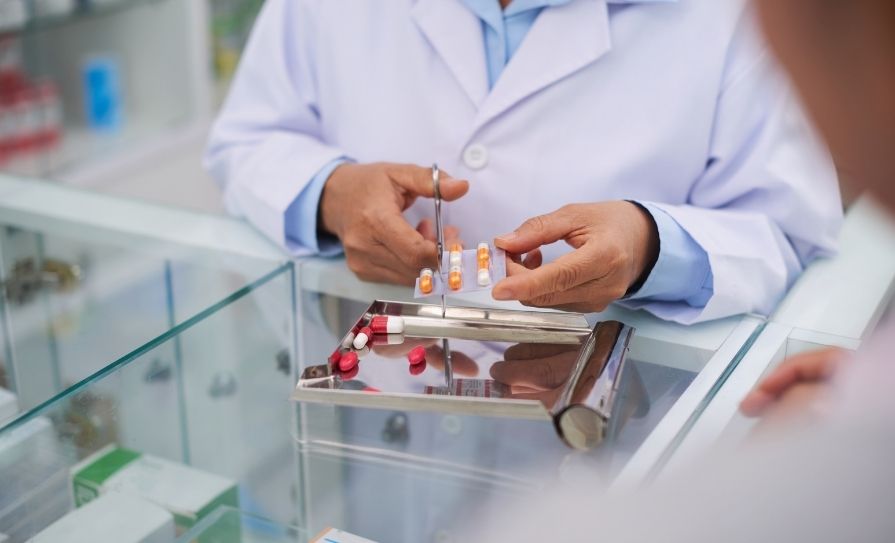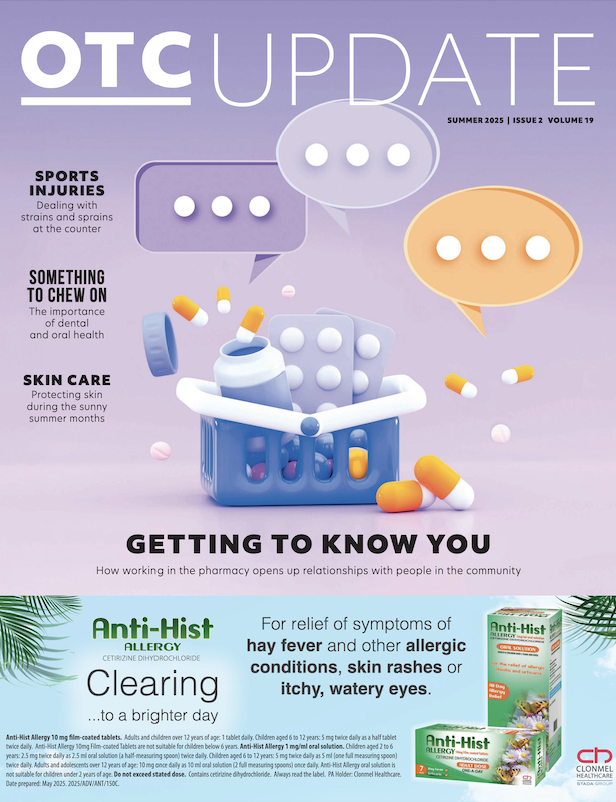Dr Des Corrigan looks at how the facts on drug use can get lost in a fog of information
Each time I read headlines about various drug problems in Ireland, I cringe. Take, for example, ‘Young Irish second-biggest users of ecstasy in the EU’, dated March 28, 2025. What is it about us as a people that we must be either the best or the worst in the EU, or indeed the world? Why can we not be just average, particularly when it comes to social issues such as drug use?
What also got to me about that particular headline was that a week previously, the same newspaper reported that Dublin was 19th out of 128 cities (from 26 countries) regarding the amount of ecstasy (MDMA) detected in wastewater. Now, since we cannot be both second and 19th at the same time, it questions the reliability of the information — especially as the journalist did not seem to know the difference between micrograms and milligrams when reporting the amounts of drugs.
The headline about young Irish people being the second-biggest users of ecstasy is based on the March 2025 report from the EU’s Drugs Agency (EUDA) titled ‘EU Drug Market: MDMA In-depth Analysis’.
Careful reading of the prevalence data in the report confirmed my suspicion that the Irish figures on which the newspaper headline was based came from the Irish National Drug and Alcohol Survey, conducted by the Health Research Board during 2019 and 2020 and published in July 2021. Thus, these figures are at least five years out of date. So, the more accurate headline should have read, ‘Five years ago young Irish were the second-biggest users of ecstasy in the EU’ — not quite so attention-grabbing as the original.
The wastewater data comes from a March 2025 update from the EUDA, titled ‘Wastewater Analysis and Drugs – a European Multi-city Study’. I wrote about this somewhat unusual approach to drug detection and the valuable information that it can provide in 2023. I pointed out that Ireland was an outlier in not analysing wastewater for a range of illicit drugs and, as a result, we were missing out on valuable information that could save lives. Thankfully, this has now changed and this latest report from the EUDA includes data from the Dublin wastewater treatment plant in Ringsend. Now, I know Dublin is not Ireland, but it is a welcome start. In common with other cities throughout Europe and elsewhere that are part
of the Sewage Analysis Core group Europe (SCORE), sampling was carried out over a week between March and May 2024. Therefore, the figures reported are more up-to-date than the survey data — although it is important to bear in mind that the two data sets can complement one another.
The daily mean level of MDMA detected in Dublin wastewater was almost 42mg per 1,000 population, much lower than the 282mg detected in Amsterdam and the 140mg in Antwerp. In fact, the highest mass loads of MDMA found were in samples from cities in Belgium, Czechia, the Netherlands, and Portugal — indeed, Lisbon had double the level of Dublin.
That Belgium and the Netherlands had the highest levels is hardly surprising since, as the EUDA noted, the production of MDMA — often on an industrial scale — is concentrated in those two countries. Even labs that have been discovered in other countries such as Spain, for example, are likely to be controlled by “Dutch criminals”, says the report.
Leaving aside the criminality linked to the production, trafficking, and sale of ecstasy, anyone who thinks using this drug is a ‘victimless’ crime might like to ponder the environmental consequences of the estimated 1,155 to 3,191 tonnes of chemical waste attributed to MDMA production in the EU in 2021 alone.
This staggering amount of waste results in health risks, environmental damage, and huge clean-up costs for contaminated sites, with some 234 such sites detected in the EU in one year (2022). One Dutch site described in the report was so polluted that 37 shipping containers of soil and seven million litres of groundwater were contaminated and forest area that was affected may take up to a century to recover from the damage.
Levels of cannabis metabolite were highest in cities in Spain, the Netherlands, Portugal, and Norway
Wastewater analysis, despite its known variables, does have the advantage of being based on a defined set of sampling, analytical, and calculation protocols adopted by SCORE participants. As a result, the hard data is more amenable to inter- country or even regional comparisons than survey data where differences in methodology, time frames, and even the wording and sequencing of questions can introduce variabilities that limits comparability.
So, what does the most recent report tell us about drug use in Dublin (there being as yet no national wastewater figures) compared to other European cities? Are we worse than elsewhere, as the media reporting frequently suggests? The lab results suggest not. Levels of cannabis metabolite were highest in cities in Spain, the Netherlands, Portugal, and Norway.
For example, the figure for Dublin was 98mg/1,000 population/day, while Amsterdam was 319, Lisbon was 150, and in Montreal — where cannabis is fully legal — it was 577.
Regarding cocaine, or its metabolite benzoylecgonine, the 875mg level detected in Dublin seems high at first and might support the belief that the country is awash with cocaine. However, set alongside Antwerp’s 1,947mg and the 2,189mg detected in the Brazilian city of Belo Horizonte, the figures suggest that we are far from being worst-in-class, as some like to claim. Similarly, the results for ketamine, amphetamine, and crystal meth put Dublin firmly mid-table compared to most other cities.
Given that we are living in the era of ‘fake news’, ‘alternative facts’, and disinformation, it is vital that our valued independent media are vigilant in their fact checking on our behalf. Failure to do so, no matter how trivial the issue, does us all a disservice that we cannot afford.
Dr Des Corrigan, Best Contribution in Pharmacy Award (winner), GSK Medical Media Awards 2014, is an Adjunct Associate Professor at the School of Pharmacy and Pharmaceutical Sciences at TCD where he was previously Director and won the Lifetime Achievement Award at the 2009 Pharmacist Awards.
He was chair of the Government’s National Advisory Committee on Drugs from 2000 to 2011, having previously chaired the Scientific and Risk Assessment Committees at the EU’s Drugs Agency in Lisbon. He chaired the Advisory Subcommittee on Herbal Medicines and was a member of the Advisory Committee on Human Medicines at the HPRA from 2007 to 2024. He has been a National Expert on Committee 13B (Phytochemistry) at the European Pharmacopoeia in Strasbourg and served on the editorial boards of a number of scientific journals on herbal medicine.







